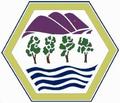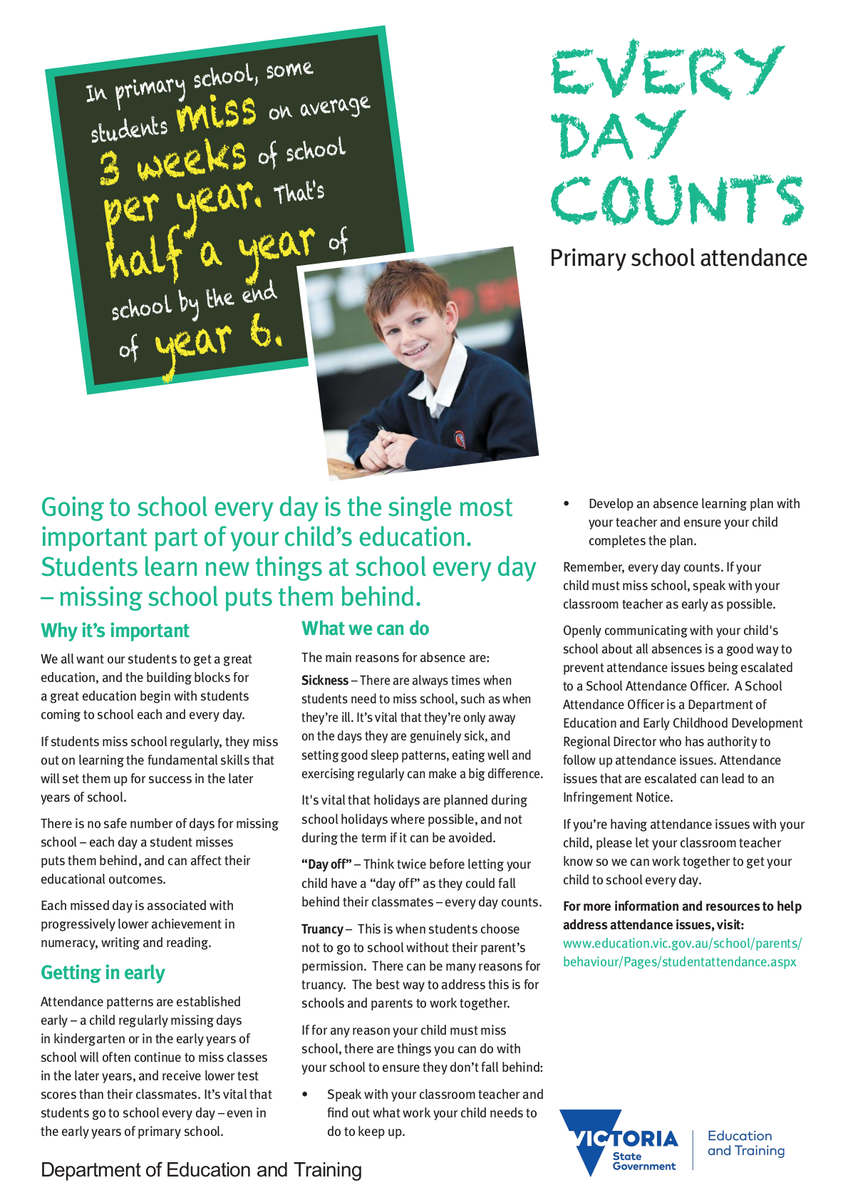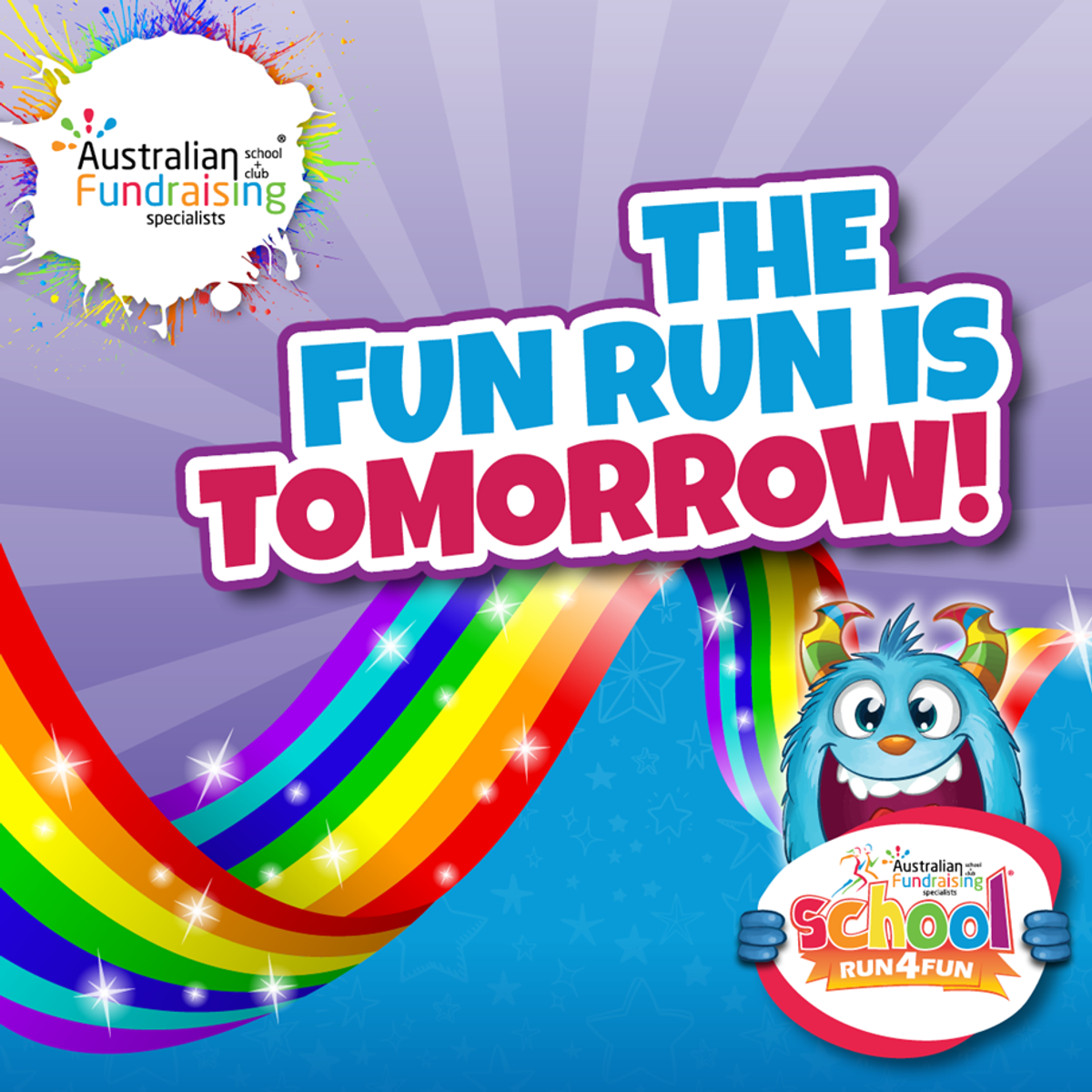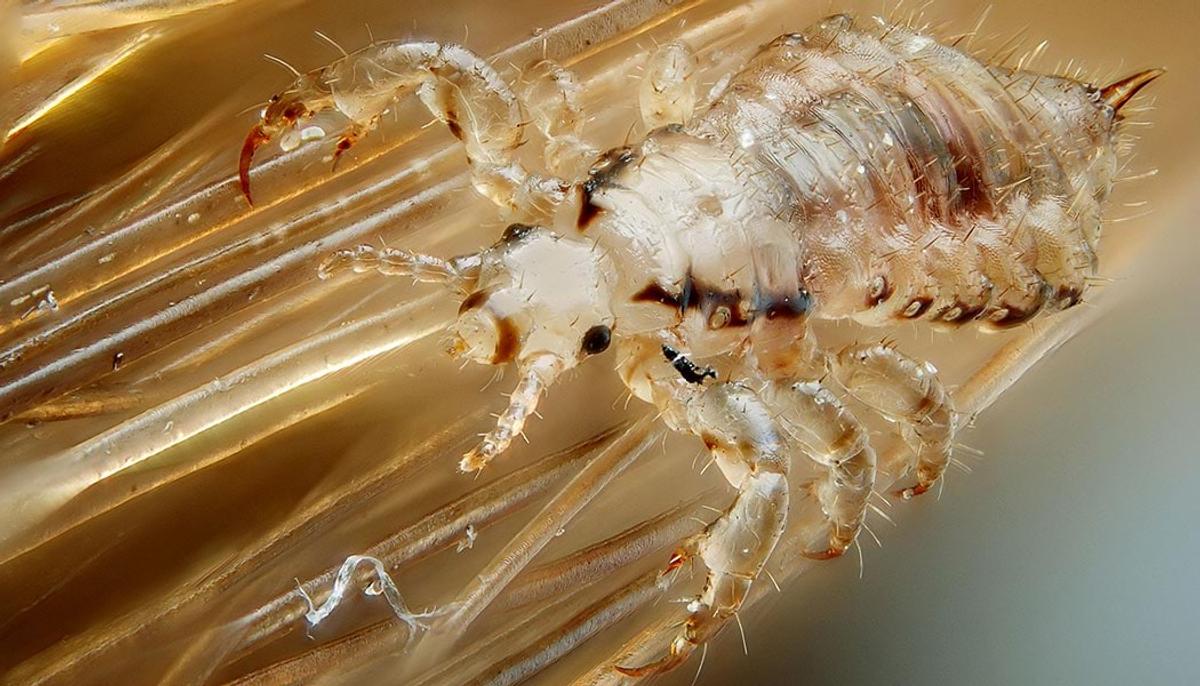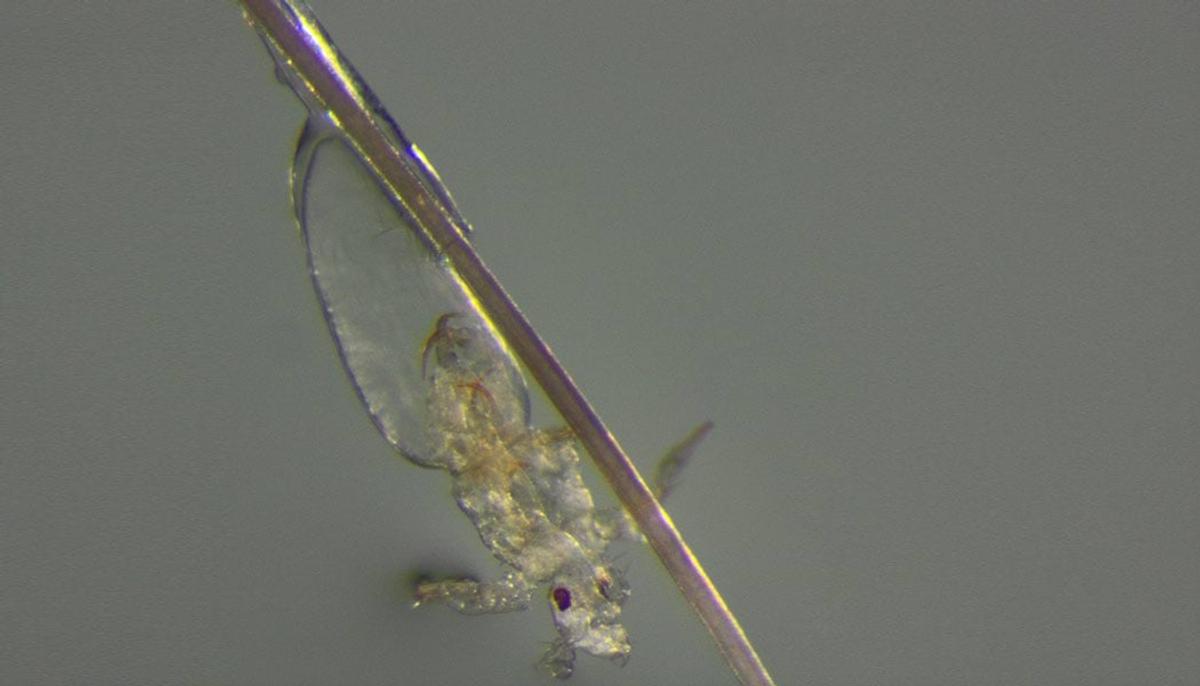Things to know

We the community members of Launching Place Primary School acknowledge the traditional owners, the Kulin nations, of the land on which we learn and play.
We pay respects to the Aboriginal Elders, past and present, who are our teachers.
We thank them for taking care of children and country for countless generations.
Breakfast Club
Thank you to Esme Adyneic and Mikala Duckworth for all you help thus far this term with Breakfast club. We are still seeking parent volunteers for this year to assist with our breakfast club during term two. As they say many hands make light work.
Our breakfast club operates two mornings a week, Wednesdays and Thursdays from 8.10am to 8.40am. All students are encouraged to attend, usually with 4-10 students participating. It serves as a wonderful opportunity to start the day off right.
Community Pantry
Launching Place Primary School has established a Community Pantry to serve our community. The pantry is conveniently located in a room off the foyer and is available for your support.
You have the option to either donate goods or take any items that you may require. A variety of products, including long life milk, cereals, soups, rice dishes, and fruit, are available for your convenience.
We encourage you to spread the word within the community and let them know that our support is available to them.
Call us on 59647783 or email: launching.place.ps@education.vic.gov.au
Please reach out and let the Wellbeing Team know if you know someone going through a rough time. For any enquiries please email the Wellbeing Team at-
Laura.caddy@education.vic.gov.au
Candice.nyman@education.vic.gov.au
Audrey.watt@education.vic.gov.au
Sonia.dunn@education.vic.gov.au
paul.traynor@education.vic.gov.au
School Council
We are excited to announce the office bearers for LPPS school council for 2024.
Congratulation to the following-
Melissa Jones School Council President.
Emma Roberts - Vice President
Jessica Scollary - Treasurer
School Council Team
Parents
Melissa Jones
Emma Roberts
Gemma Wynd
Jessica Scollary
Annie Tinkler
Rebecca Van est
DET
Laura Caddy
Audrey Watt
Brydie Tatterson
Katherine Bolton
Retiring School Councilors
A big thank you to Simone Cicchelli and Bronwyn Page for their contribution for 2023 .
School Council Play an important role and sets the direction of our school and makes sure the procedures are being followed properly especially with school finances.
State School Relief
We can help families who are experiencing financial hardship to purchase school uniform. Please email the school email:
launching.place.ps@education.vic.gov.au
Colour Run Tomorrow
TOMORROW is the day! The Colour Explosion School Run 4 Fun is finally here, and it's going to be a blast! 😱💥
Don’t forget to pack your kids with a change of clothes/towel, including a white shirt to make the colour POP! 🎆 (Preps to change after the excursion into their white tops)
Sunglasses 😎, headbands, and all other materials will be supplied tomorrow.
Also, don’t forget to get those last-minute donations in 💰. Ready to run and get splattered in colour? See you tomorrow!
#schoolrun4fun #funrun #australianfundraising #fundraising #colourexplosion
Head Lice
Head lice facts
A female louse lays 3 to 8 eggs (nits) per day. The eggs are firmly attached to the hair fibres, within 1.5 cm of the scalp, and rely on warmth from the head to hatch. Head lice do not have wings or jumping legs, so they cannot fly or jump from head to head. They can only crawl.
People catch head lice from direct head-to-head contact with another person who has head lice. This can happen when people play, cuddle or work closely together. Head lice are most common among children and their families.
if your family has head lice, tell anyone who has had head-to-head contact with them, so that they can check and treat their family if needed. There is no need to treat the whole family, unless they also have head lice.
Concentrate on treating the affected person’s head. There is no evidence to suggest that you need to clean the house or the classroom. The only linen that requires changing is the affected person’s pillowcase. Wash it in hot water (60 ºC) or dry it in a clothes dryer set to warm or hot.
Itchiness may not disappear immediately after treatment. Persistent itch without evidence of persistent infection is not a reason to repeat the treatment. There are other reasons why your scalp might feel itchy.
Finding head lice
Some people who have a head lice infestation do not itch. It is possible to have head lice and not feel the need to scratch your head. This means that absence of itch is not a reliable sign that you do not have head lice.
If you suspect someone might have been exposed to head lice you will need to closely inspect that person’s hair and scalp.
So what are you looking for? Head lice eggs are oval, and the size of a pinhead. They are firmly attached to the hair shaft and cannot be brushed off. (A live egg will make a ‘pop’ sound if you crush it between your fingernails.)
A louse is a small, wingless, whitish-brown to reddish-brown insect. They have 6 legs, which end in a claw. Like this:
The easiest and most effective way to find head lice is to use the conditioner and comb treatment weekly. This includes:
- Step 1. Comb hair conditioner onto dry, brushed (detangled) hair. This makes it difficult for lice to grip the hair or run around.
- Step 2. Thoroughly comb sections of the hair with a fine tooth head lice comb.
- Step 3. Wipe the conditioner from the comb onto a paper towel or tissue.
- Step 4. Look on the tissue and on the comb for lice and eggs.
- Step 5. Repeat the combing for every part of the head at least 4 or 5 times.
- Step 6. If lice or eggs are found, the person should be treated.
Note: If the person has been treated recently and only hatched eggs are found, you may not have to treat them again, since the eggs could be from the old infection. A hatched egg looks like an egg with its top cut off:
Treatment for head lice
The 2 preferred treatment options available for initially treating head lice are the ‘conditioner and comb’ method, and the use of an insecticide.
Using insecticide products
Any head lice treatment product you choose should carry an Australian Registered (AUST R) or Australian Listed (AUST L) number on the outer packaging. These numbers show that the product is accepted by the Therapeutic Goods Administration for supply in Australia.
If you use a lotion, apply the product to dry hair. For shampoo products, wet the hair, but use as little water as possible.
Head lice live in the hair and go to the scalp to feed. Therefore, head lice products must be applied to all parts of the hair.
Once the treatment has been done according to the instructions on the packet, comb through the hair again with the fine tooth head lice comb. This will help to remove the dead eggs and lice, and possibly any eggs still living.
This is also a good time to check whether the removed lice have been killed by the treatment or are still alive. (If they are still alive this probably means that they are resistant to the insecticide.)
Care should be taken when using head lice treatment products:
- if you are pregnant or breastfeeding
- in children less than 12 months old
- in people who have allergies, open wounds on the scalp, or asthma.
All products can cause reactions. If you are unsure, check with your pharmacist or doctor.
No topical insecticide treatment kills 100% of the eggs, so treatment must involve 2 applications, 7 days apart. (This kills the lice that hatched from the eggs that didn’t die the first time around.)
If you choose not to use an insecticide, the comb and conditioner method described above can be used every second day until no live lice have been found for 10 days.
Insecticide resistance
Insecticide resistance is common, so you need to check that the lice you comb out are dead. If the insecticide has worked, the lice will be dead within 20 minutes. If the lice are not dead, the treatment has not worked and the lice are resistant to the product and all products containing the same active compound.
The active compounds in head lice products are:
- pyrethrins
- synthetic pyrethroids (permethrin, bioallethrin)
- organophosphates (maldison or malathion)
- herbal, with or without natural (non-chemical) pyrethrins.
If a product with one of these active compounds has not worked for you, you can try another, or speak to your pharmacist or doctor.
Treatment failures
If the initial treatments have failed and live lice are still being removed with the conditioner and comb treatment, see your doctor for a referral to a dermatologist for specialist treatment.
A dermatologist may prescribe ivermectin. This is a tablet taken twice, 7 days apart. It is highly effective in treating head lice.
Fun fact: The Nobel Prize for Medicine and Physiology in 2015 was awarded for the discovery of this family of medications.
Head lice combs
Head lice combs with long rounded stainless steel teeth, positioned very close together, are the most effective. However, any head lice comb can be used. A plastic head lice comb is often provided when you buy a head lice insecticide product (in the packet with the shampoo or lotion).
Preventing head lice
There is no product available that prevents head lice. However, tying long hair back and checking weekly for lice, using the conditioner and comb method, can help prevent the spread
